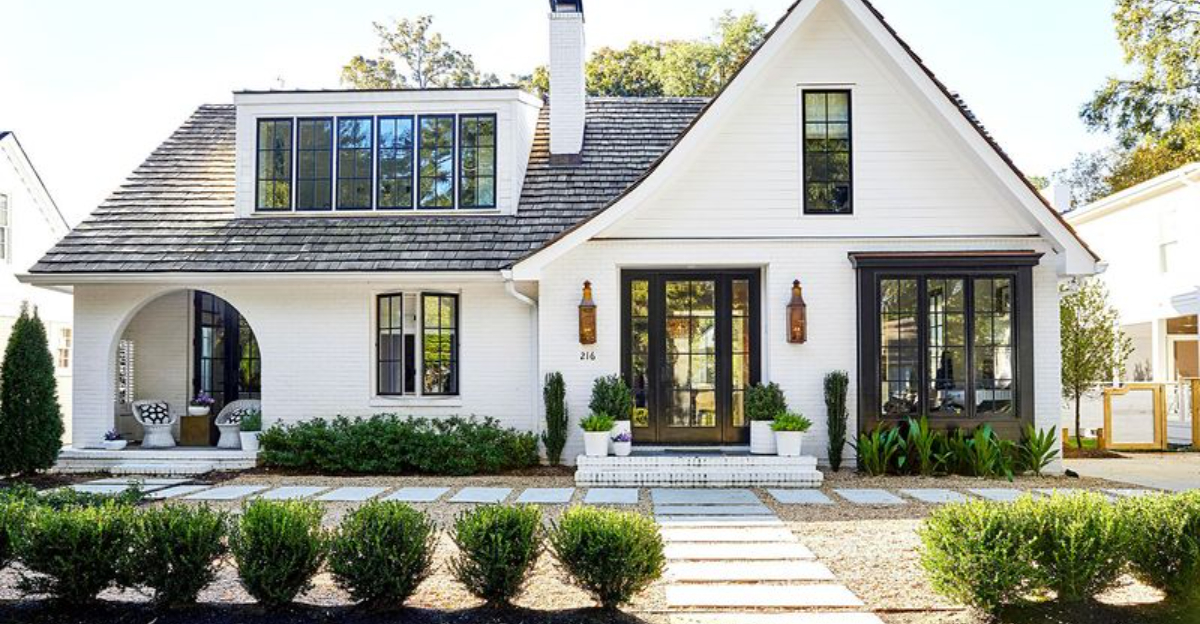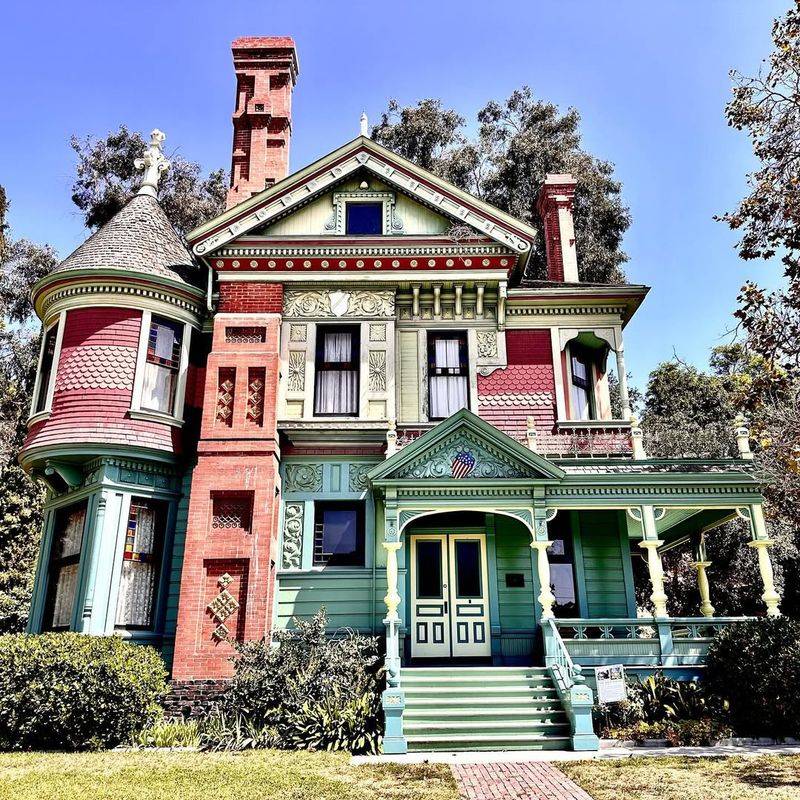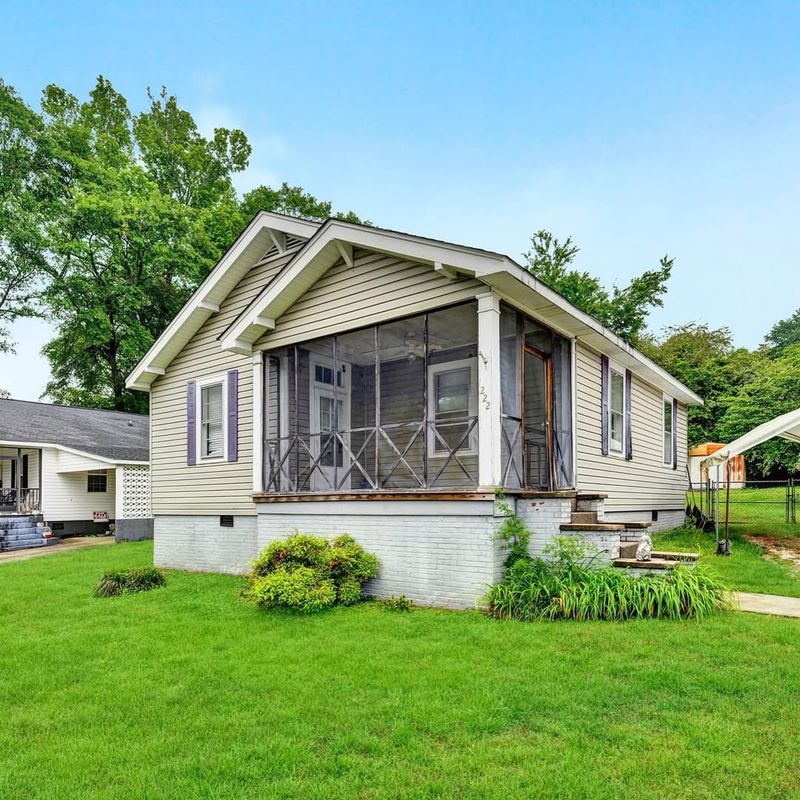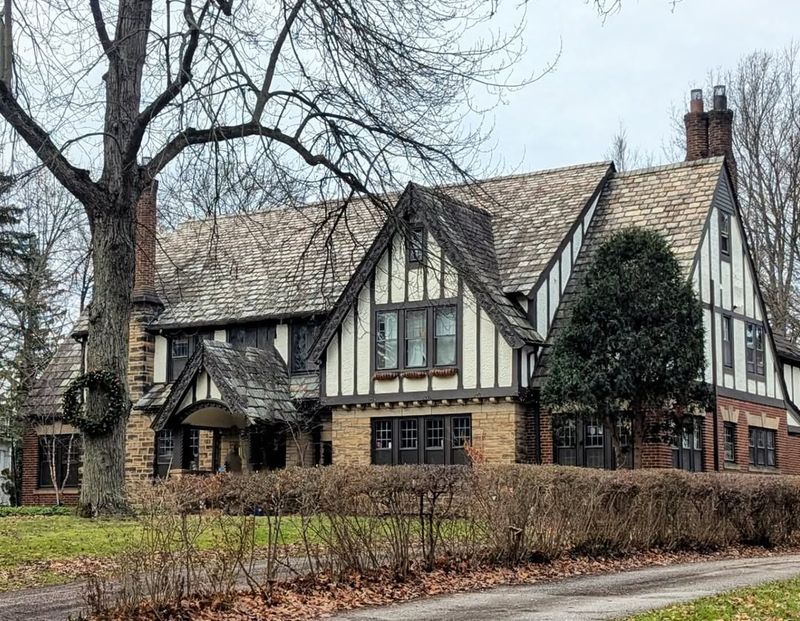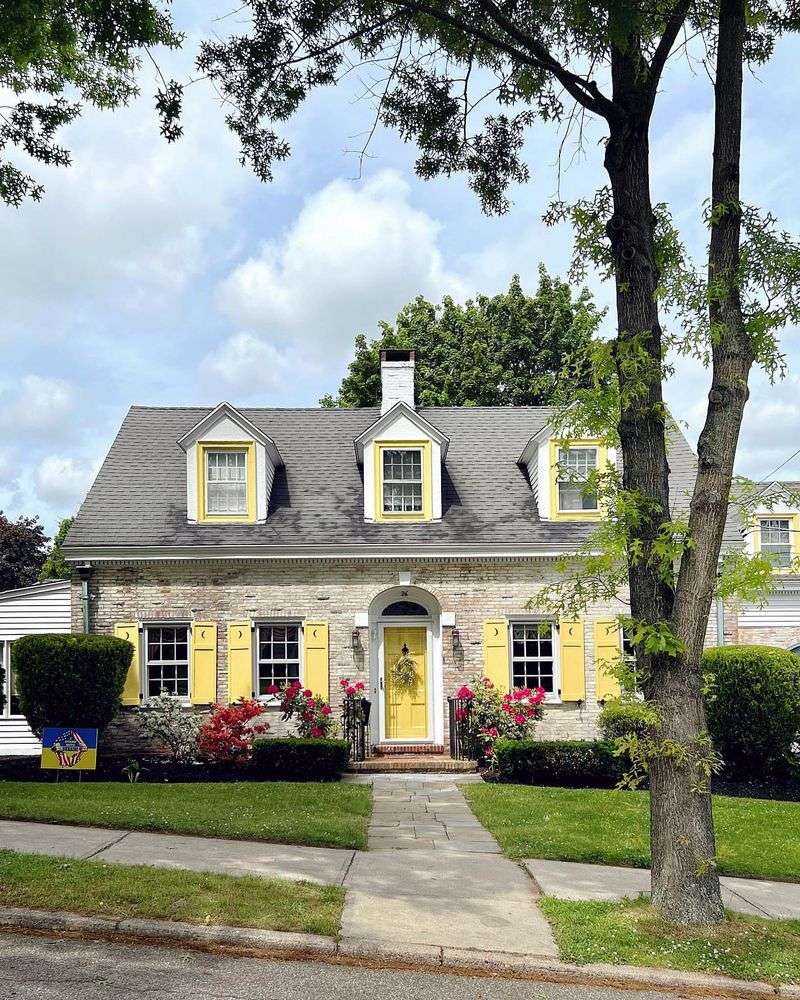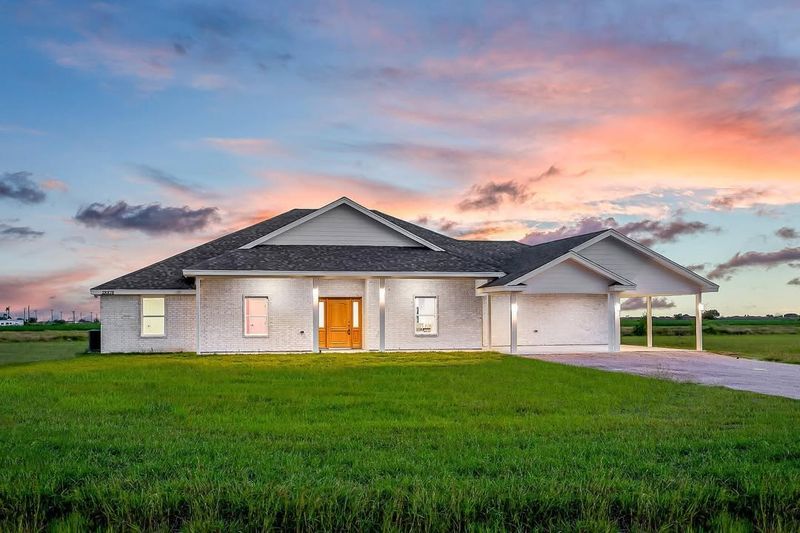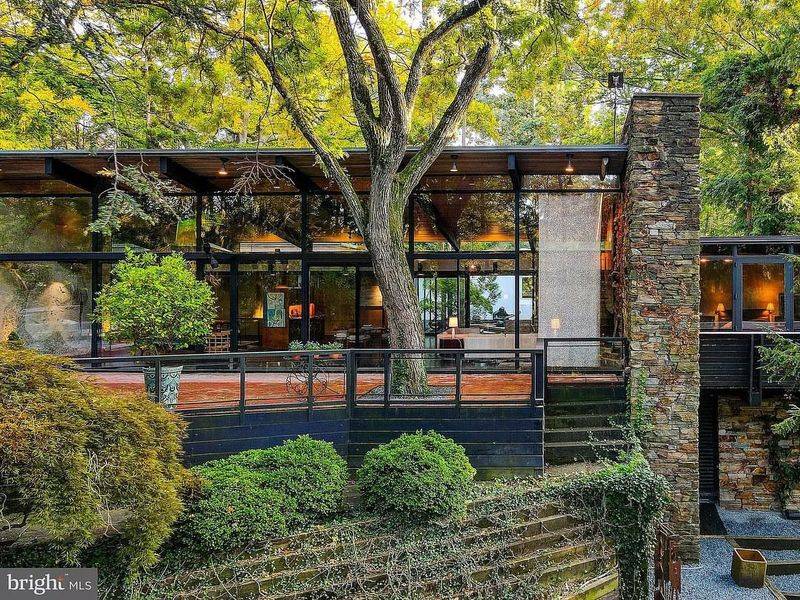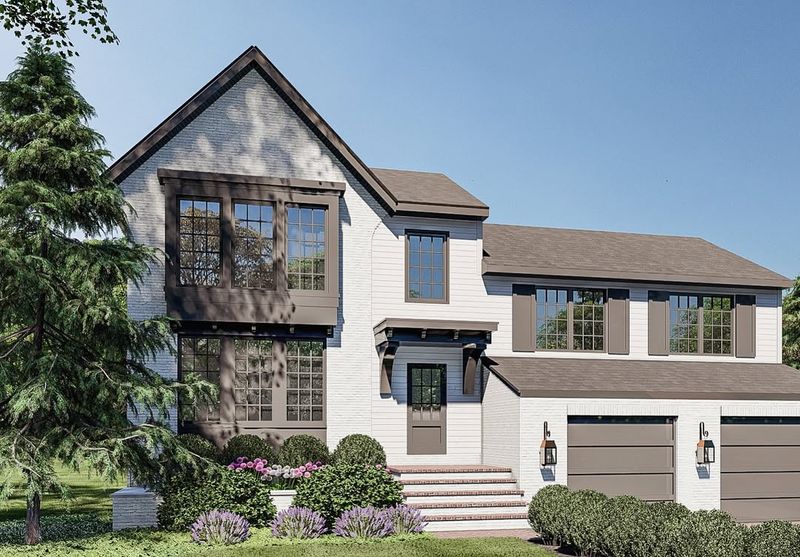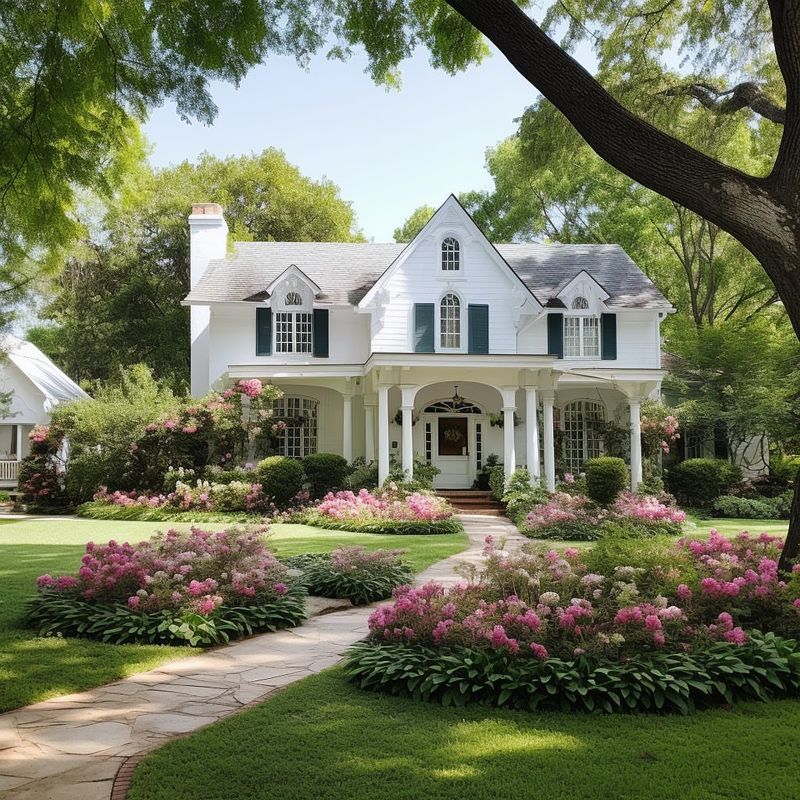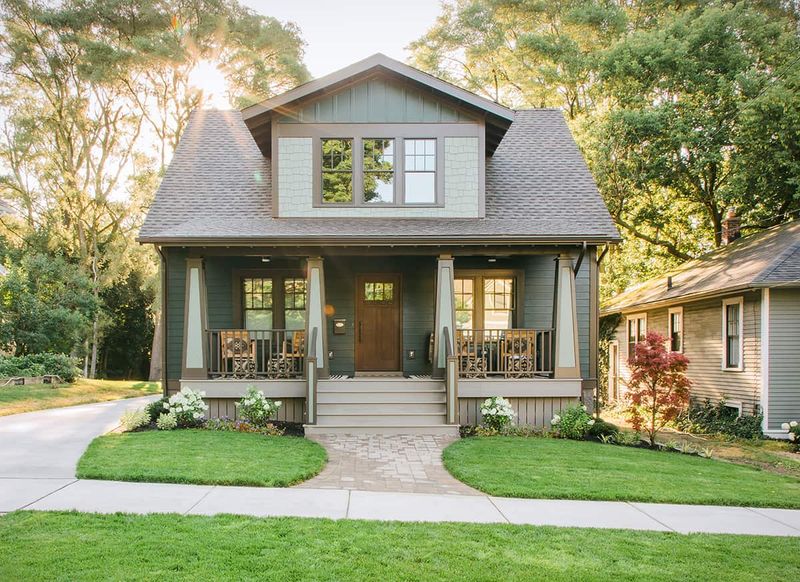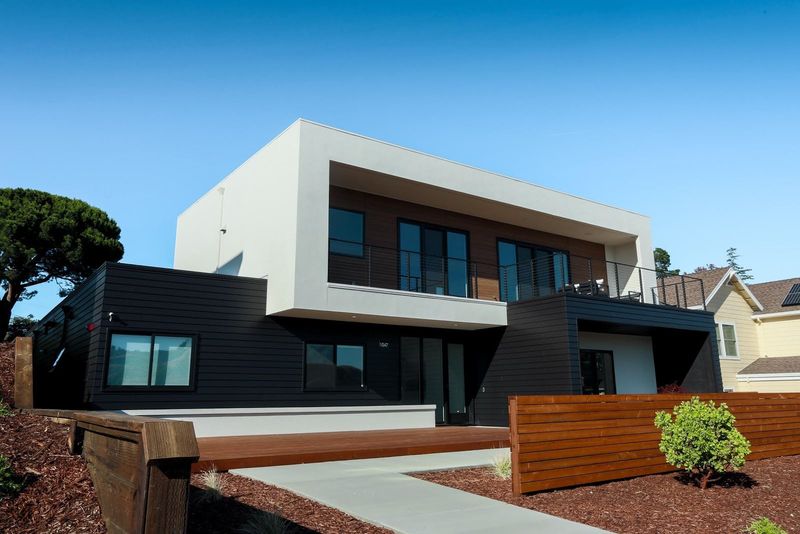Ever looked at a house and thought, “Wow, that place has stories”? Well, you’re absolutely right – and not just the kind involving creaky floorboards or mysterious attic trunks.
American homes have been quietly (and sometimes loudly) reinventing themselves decade after decade, each one a time capsule of style, culture, and what people thought was peak domestic luxury at the time.
From cozy corners to sprawling mid-century ranches, all the way to today’s minimalist marvels with too many smart gadgets to count, our homes have a lot to say if we listen closely. So, whether you’re a design nerd, a history buff, or someone who just loves a good house tour without leaving the couch, you’re in for a treat.
Kick off your shoes, make yourself at home, and let’s time-travel through the American dream, one fascinating decade at a time.
1. 1900s: Victorian Charm
Ah, the 1900s Victorian homes, where elegance met extravagance! Picture this: intricate woodwork, stained glass windows, and grand wrap-around porches that invite you in for tea. Sounds amazing, right? These homes were the epitome of opulence, standing tall in quaint neighborhoods.
The architecture was as elaborate as a royal banquet, with every detail crafted to perfection. Walking past these beauties, you could almost hear the whispers of high society chit-chat and the clinking of fine china. Truly, a time when homes were as much about style as they were about shelter.
2. 1910s: Cozy Bungalows
In the 1910s, the arts and crafts movement brought simplicity and harmony with nature, offering a contrast to the Victorian extravagance. Imagine a cozy bungalow nestled among lush greenery, with a welcoming front porch perfect for sipping lemonade.
These homes were all about balance and craftsmanship, where every piece of woodwork told a story of skilled labor. The interiors, warm and inviting, were designed to foster family time and relaxation, making them a beloved choice for those seeking comfort over opulence.
3. 1920s: Roaring Colonial Revival
The 1920s were roaring indeed, and the Colonial Revival homes reflected this era’s grandeur. Picture a grand brick facade with symmetrical windows and a majestic central doorway. They stood proud in suburban neighborhoods, boasting manicured lawns and an air of sophistication.
Inside, they offered a blend of elegance and modern conveniences, catering to the affluent tastes of the time. The Colonial Revival wasn’t just a style – it was a statement, echoing the prosperity and optimism of a nation on the rise.
4. 1930s: Tudor Revival
Step into the 1930s, where Tudor Revival homes became the architectural darlings. With their steeply pitched roofs, charming stone exteriors, and half-timbering, they looked like they belonged in a fairy tale.
Homes like this offered a sense of coziness and tradition, providing a comforting escape during the challenging times of the Great Depression. Just imagine walking up a cobblestone path, being greeted by the warmth of a crackling fire inside. The Tudor Revival style was all about nostalgia and enchanting design.
5. 1940s: Cape Cod Revival
The 1940s saw the rise of Cape Cod homes, simple yet charming. These quaint abodes, with their steep roofs and dormer windows, fit perfectly into suburban dreams. Can you picture a white picket fence enclosing a tidy yard, where children might play hopscotch?
The Cape Cod offered practicality and coziness, making it a popular choice for returning soldiers and their families. They symbolized the American dream, embodying a sense of hope and new beginnings during the post-war era.
6. 1950s: Ranch Style
Welcome to the 1950s, where ranch-style homes reigned supreme! With their long, low rooflines and expansive windows, these homes embraced the idea of openness and connectedness. An open lawn where neighborhood barbecues were popular were the norm.
It was all about casual living, perfect for the growing suburban developments and families looking for space to spread out. These homes were the embodiment of post-war optimism, offering a slice of the good life with a side of apple pie.
7. 1960s: Mid-Century Modern
In the 1960s, mid-century modern homes introduced a sleek, minimalist aesthetic. Think of walking into a space filled with light, thanks to expansive glass windows and open floor plans. They homes focused on blending indoor and outdoor living, surrounded by minimalist landscapes.
The design was all about functionality and simplicity, catering to an era that embraced innovation and change. With clean lines and a forward-thinking vibe, mid-century modern homes were the ultimate in chic, modern living.
8. 1970s: Split-Level
Ah, the 1970s, a time of experimentation and the rise of the split-level home. These multi-level abodes were perfect for families needing distinct spaces for living and recreation. Imagine a brick and wood facade, nestled in a suburban area with mature trees providing shade.
Inside, the layout offered versatility and practicality, reflecting the dynamic lifestyle of the era. The split-level was not just a design, but a solution for growing families seeking both connection and privacy.
9. 1980s: Neo-Eclectic
The 1980s was a decade of bold choices, reflected in the neo-eclectic homes. Picture a mix of brick, wood, and stucco coming together in one eclectic design. These homes embraced variety, borrowing elements from past styles and creating something uniquely vibrant.
Set in suburbia, they stood out with colorful gardens and creative layouts. Neo-eclectic homes were all about individuality and breaking away from the norm, echoing the vibrant and diverse culture of the 1980s.
10. 1990s: McMansion Madness
It’s time to step into the 1990s, where bigger was indeed better! The McMansion craze took hold, with sprawling homes that boasted multiple rooflines and grand entrances. Can you visualize driving through a suburban cul-de-sac, where each house seemed to outdo the last in size and grandeur?
Homes like this were about making a statement, offering luxury and space in abundance. The 1990s was a time of economic growth, and the McMansion was the architectural embodiment of that prosperity, catering to a desire for more everything.
11. 2000s: Y2K Futuristic Fantasy
In the dawning light of the 2000s, homes embraced a futuristic fantasy that seemed plucked from sci-fi films. Picture metallic finishes shimmering under the sun, with soft, curved walls cradling the home like a mother’s embrace.
These homes stood as symbols of optimism and innovation, with tech enthusiasts flocking to houses that seemed ready to launch at any moment.
The Y2K era dared to dream with its architectural imagination, leaving a legacy of bold experimentation that still inspires today’s homes.
12. 2010s: Eco-Friendly Urban Oasis
The 2010s saw a wave of eco-consciousness sweeping across America, leading to homes that were as green as their intentions. Bamboo siding offered a sustainable hug to houses nestled in concrete jungles.
Urban oases sprouted, with green rooftops creating a canopy of tranquility amidst the frenetic cityscape. These homes whispered promises of sustainability, inviting nature to reclaim its place amidst the urban sprawl.
13. 2020s: Tech-Integrated Smart Havens
The 2020s ushered in an era of homes that are not just smart but practically sentient. Imagine walking into a house where lights adjust to your mood, and virtual reality features transport you to any realm you desire.
The minimalist design exudes sophistication, with sleek lines and a color palette that soothes the soul. Every inch of these homes breathes innovation, from the fridge that orders groceries to the security systems that know you better than you know yourself.

